
Изоляция шлангов Swagelok®
Изоляция шлангов помогает удерживать технологическую среду системы внутри шланга при необходимой температуре, что особенно важно, когда технологическая среда должна быть холодной или горячей.
Связаться с экспертом по шлангамШланги Swagelok, изолированные аэрогелем с низкой теплопроводностью, позволяют удерживать флюиды в требуемых температурных диапазонах, а также минимизировать риски безопасности и высокие сопутствующие затраты на электроэнергию. Чтобы определить, будет ли дополнительная изоляция шланга выгодна для вашей системы, необходимо учитывать такие факторы, как свободная воздушная конвекция, ток воздуха, влажность и точка росы, энергопотери, а также рекомендации по обеспечению безопасной для касания температуры. Больше дополнительной информации в документе Факторы при выборе изоляции шланга.
Узнайте, как решить проблемы производства полупроводников, используя шланги с теплоизоляцией
Если требуется дополнительная изоляция, компания Swagelok предлагает вариант исполнения с изоляцией Y. Применение аэрогелевой изоляции с низкой теплопроводностью позволяет свести к минимуму объем материала, необходимый для достижения требуемой температуры поверхности. Гибкая термоусадочная оболочка шланга с изоляцией из полиолефина обеспечивает гибкость шланга, а также его стойкость к паропроницаемости и истиранию. Допускается долговременное применение с температурой поверхности шланга от –53°C (–65°F) до 125°C (257°F).
Каталоги шлангов и гибких трубок
Получите подробные сведения о продукции, в том числе о материалах изготовления, номинальных параметрах давления и температуры, вариантах исполнения и вспомогательных принадлежностях.
■ コア材質:メタル、PTFE、PFA、ビニール、ナイロン、ポリエチレン、ゴム/■ ホース径(呼び径)サイズ:1/8 インチから2 インチまで/■ 豊富なエンド・コネクション(インチ・サイズ/ミリ・サイズ)/■ 長さ:ユーザー指定可能/■ オプション:カバー、タグ、テストなど
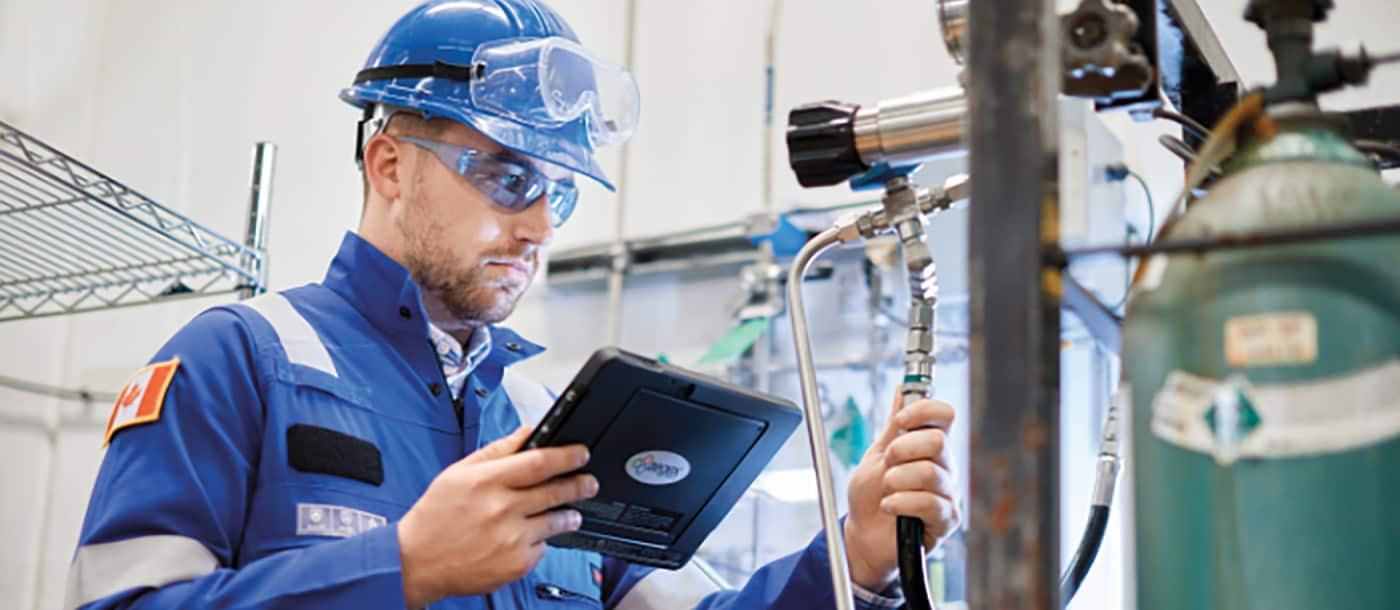
Сервисы по обследованию шлангов Swagelok®
Узнайте, как улучшить выбор шлангов, их монтаж, процедуры осмотра и техобслуживания с целью увеличения срока службы, улучшения рабочих характеристики, а также снижения сопутствующих затрат.
Узнайте об управлении состоянием шланговРесурсы Swagelok специально для вас
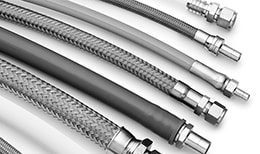
3 шага к безопасной эксплуатации шлангов и снижению производственных издержек
Во время планового техобслуживания на заводе безопасной эксплуатации промышленных шлангов обычно не придается большого значения. Важно, чтобы состояние шлангов контролировалось должным образом, потому что утечки и износ могут подвергнуть ваше предприятие серьезному риску. Ознакомьтесь с рекомендациями о том, как избежать опасных ситуаций и сократить издержки на предприятии.
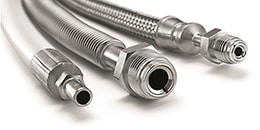
How an Industrial Hose Maintenance Plan Could Save Your Plant Thousands
Knowing the proper time to replace your industrial hoses can save your plant thousands in maintenance costs. Learn how to evaluate your systems and develop a preventive maintenance plan to manage the health of your hoses.
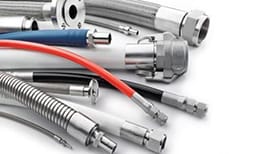
Industrial Hose Replacement: Core Tube Material Considerations
When selecting an industrial hose, the first place to start is the core tube—the hose’s innermost layer. Learn how to select the ideal hose for your application with information on core tube materials & wall construction from the experts at Swagelok.
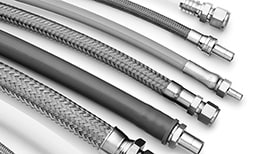
How to Select the Right Hose Reinforcement
Industrial hoses typically contain critical reinforcement layers that contribute to longevity and performance. Learn about different reinforcement layer types and which is best suited for different fluid system applications.
